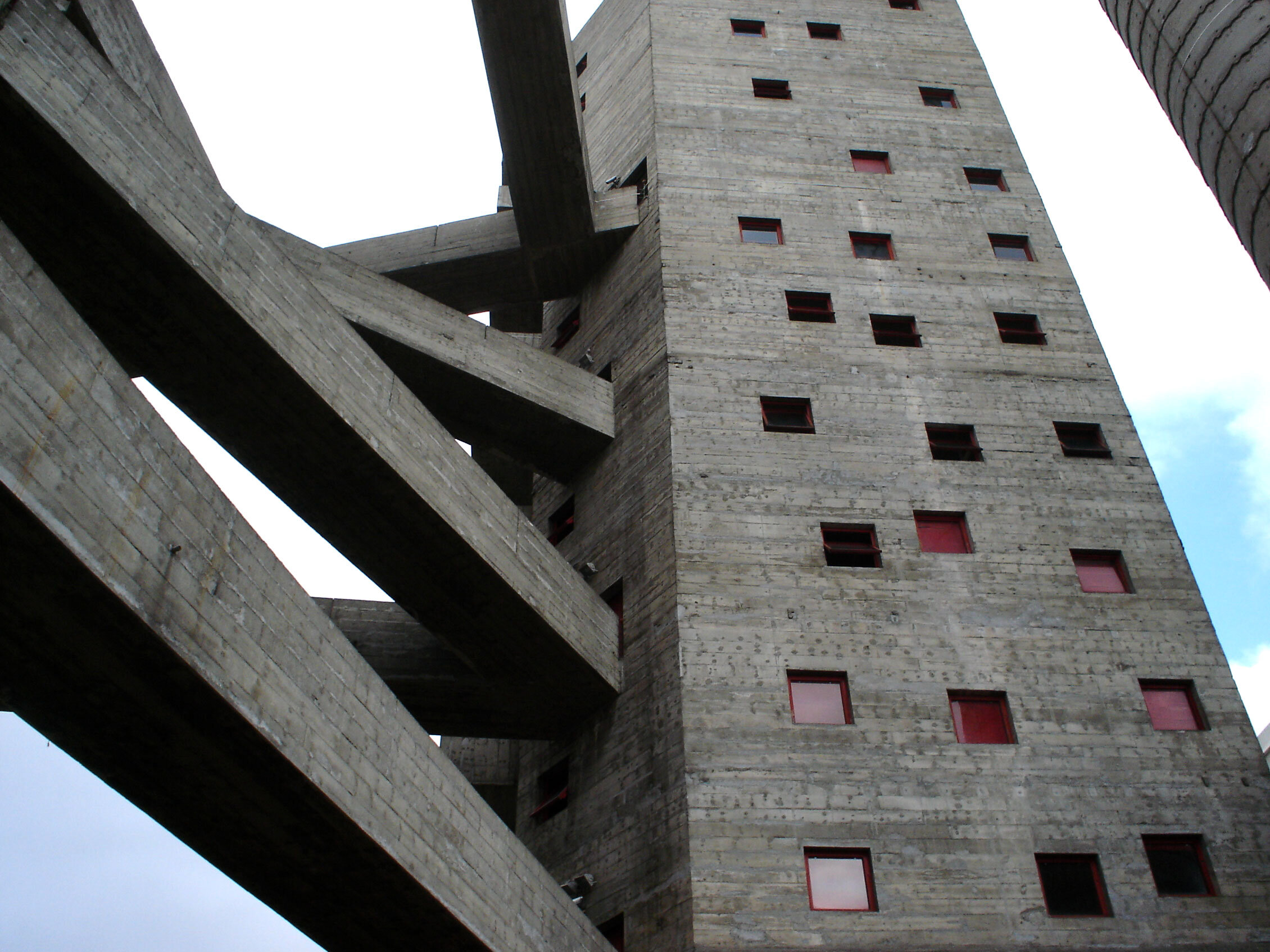GAIM 2021 Featured Woman: Lina Bo Bardi, Architect and Designer
Lina’s hand trembled as she placed it on the side of the podium. “When we design, even as a student, it is important that a building serves a purpose and that it has the connotation of use. It is necessary that the work does not fall from the sky over its inhabitants, but rather expresses a need.” Old age had slowed only her movements; her determination carried itself on. She spoke not with force, but with gravity, and she did the same with her architecture and design, “You should always look for the ideal, decent object, which could also be defined by the old term ‘beauty’.”
Achillina ‘Lina’ Bo was born, raised, and educated in Rome, Italy, but she did not consider herself Italian. She initially moved from Rome to Milan to begin her career, but World War II brought insurmountable challenges; her studio there was bombed by Allied forces and completely destroyed. With her pursuit of architecture temporarily halted, Lina began creating illustrations for publications, and in doing this met her future husband, Pietro Maria Bardi. To escape the resulting turmoil and destruction of war, they moved to Brazil where they were offered the opportunity to build The Museum of Art of São Paulo (MASP).
Museum of Art São Paulo
Lina’s building conversion for MASP served as her architectural debut, and epitomized her design philosophy. The MASP building was unlike anything São Paulo had previously seen— suspended high in the air with vast space underneath to serve as a communal courtyard. Lina championed functional space and prioritized large gathering areas, discarding many assumptions and architectural norms at the time. In her mind, she was rejecting elitism and pretension; each of her designs facilitated leisure, recreation, and the natural progression of life.
Lina quickly fell in love with Brazil, citing its flora, climate, and ‘formidable people’ as her favorite aspects of the country. She brought a unique eye to an otherwise homogenous urban landscape, often designing modern and experimental pieces that challenged expectations of the time. In 1951, perhaps one of the most impactful years of her life, she became a citizen, calling Brazil ‘[her] country twice over’. Simultaneously, she founded a new publication with her husband called ‘Habitat’, and designed one of her most famous architectural pieces, her permanent home —‘Casa de Vidro’— a suspended glass house meant to blur the line between the home and the rainforest that surrounds it.
SESC Pompeia
Given her design’s emphasis on community, Lina was tasked throughout her career with designing numerous communal spaces in addition to MASP including the SESC Pompeia and Solar do Unhão, cultural centers, and the Teatro Oficina, a theater. Her successes in architecture drove her to push the boundaries of her artistic endeavors even further. She produced over six thousand drawings, numerous writings, and ventured into fine art. She also designed sets, costumes, jewelry, and economical furniture, becoming known for her “Bardi’s Bowl Chair” and other eccentric but functional pieces in keeping with her philosophy. She was heavily involved in the evolution of Brazilian culture— the construction of new buildings, the openings of museums, art exhibitions, fashion shows, and films. There was not a medium that Lina was afraid to touch.
Casa de Vidro
Lina worked tirelessly on projects until her death in 1992, producing a body of work unparalleled by any of her contemporaries in breadth, size, experimentation, and philosophical coherence. Her husband created an Institute out of the Casa de Vidro dedicated to the continuation of Lina’s life mission— to celebrate and champion Brazilian art and culture. Today it remains largely as they left it, with odds and ends intact.




